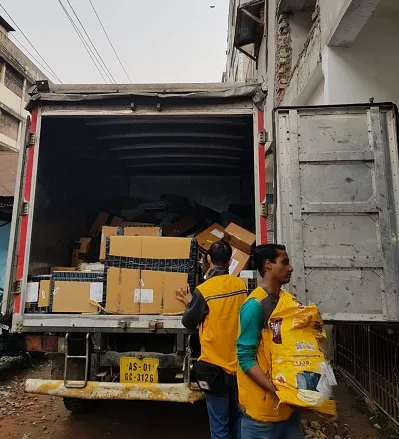From Bengaluru to Majuli, tracing Amazon’s delivery route in world’s largest river island
As Amazon takes ecommerce to India’s North East with its service partner programme, YourStory tracks how an online order is delivered to an address in a remote Tier IV town.
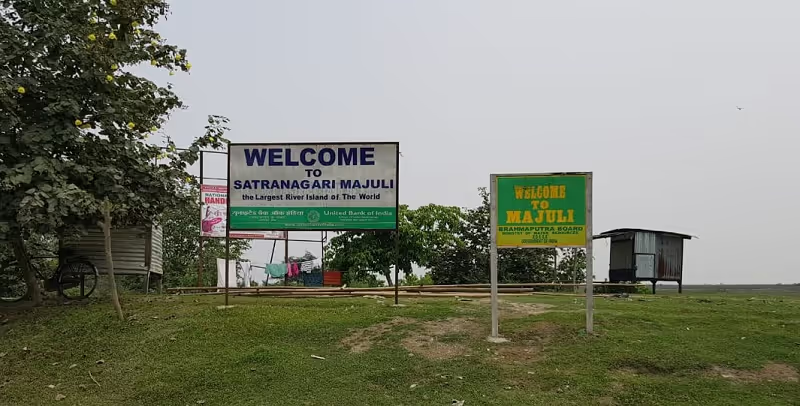
When I first arrived in Jorhat on a Bangalore-Guwahati flight, what surprised me the most was the airport. It was, without doubt, the smallest airport I have ever seen. If it was not for the tiny ‘Arrival’ board, I would have thought that the small corner building was the washroom. But Jorhat airport, after all, is part of an army base. Until a couple of weeks ago (when I was in Jorhat) the only commercial flight to this airport was the one we arrived by: a Jet Airways one from Guwahati.
Why would this town attract any attention at all? Granted, Jorhat is the second largest city in Assam after Guwahati. But there is little to attract tourists – except the nearby Majuli Island, the world’s biggest river island, and the country’s first island district. The little town, half asleep in the heart of the Brahmaputra River, is home to the state’s art and culture scene, especially the mask-making craft associated with local dance forms.
But I wasn’t in Jorhat as a tourist; I was here as a journalist. I was tracing a trail – of how online shopping has grown its roots in India, and to what extent. Having covered e-commerce at YourStory for more than two years now, I have been familiar with logistics networks and delivery mechanism for market leaders Flipkart and Amazon. But this was the first time I was witnessing how online orders are delivered to an address in a Tier IV town.
Right from the Jorhat warehouse where parcels from Guwahati are delivered to the delivery boy visiting the customer, the process was much smoother than I had expected.
What happens in a warehouse
Roopak Chanda, 36, was a graphic designer and publisher till two years ago. He came to know about Amazon’s service partner programme in early 2016. Through the service partner programme, Amazon India works with entrepreneurs in logistics and transportation so the company can reach customers in Tier III and Tier IV towns without building their own network for last-mile delivery.
Among Amazon’s experiments in India, the Service Partner programme has turned out to be successful with around 350 delivery stations across 320 cities. One of them is Monica Enterprises, which began operations in April 2016 with just three employees.
Roopak launched Monica Enterprises with an office of just 400 square feet and four delivery boys. Today, it has more than 40 delivery boys, and a 1,000-square-feet office space.
A Jorhat tale
On an average day, Roopak’s company delivers 600-800 packages across six or eight pincodes; the orders double during the festival season across 13-14 pincodes.
Being an educational hub in the region, most orders placed on Amazon from Jorhat include textbooks, otherwise not available offline, besides the usual suspects: mobiles and home appliances.
In fact, during the Great Indian Sale last year, Monica Enterprises delivered close to 50X compared with the packages it delivered in the first month of its operations. It claims to provide Cash and Card on Delivery services too. In Majuli alone, it claims to serve 30-40 orders per day and provides weekend delivery by working on shifts with its delivery boys.
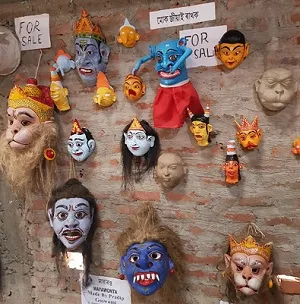
The maths teacher of Majuli
Once you take the 45-minute ferry from Jorhat to Majuli, you can’t help but marvel at the calmness of Brahmaputra. The white sand shores of Majuli welcomes you to the mainland which, one kilometre in, does not feel like an island. It just seems like any other sleepy town in rural India.
I happened to come across some artisans involved in mask making practised by Satra monastery. Those masks mostly revolve around mythological themes - a strong contrast to what I was about to see next: a school teacher for whom shopping on his mobile phone is the norm.
Susanta Borah, a 30-year-old mathematics teacher at Island Academy, Majuli, ordered on Amazon for the first time in December 2014. Since then, he has been a regular customer. Now he orders three to four times on Amazon every month depending on the needs, including electronics, books, apparel, and shoes.
“Mostly I order items that are not available here in Majuli such as laptops. Also, I get a good deal on Amazon. I am happy with the service,” he said, adding that he has spoken about Amazon with his friends, and that they are also Amazon customers.
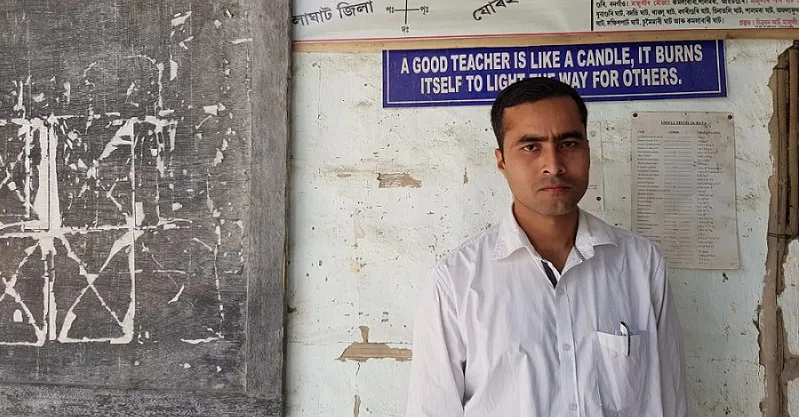
My mobile phone could not receive the 4G signal when I met him. I asked Susanta if internet connectivity issues had ever hindered his online shopping, but he says he orders only on the mobile app. “There is 4G here, and enough connectivity,” he assures me.
Amazon and the seven sisters
Born and raised in Majuli, Susanta – like millions of Indians in rural areas - now has access to better choices, thanks to internet and online shopping. Although the North East has struggled with lack of access to many amenities the mainlanders take for granted, things are changing in some respects now.
US-based Amazon, which entered India in 2013, began services in the Northeastern part of India in 2014 through India Post. They started operations with a Service Partner station in January 2015 in Guwahati. In two years, they have 20 Service Partner stations across this region, with 12 in Assam – one of them is Monica Enterprises in Jorhat.
Today, Amazon delivers in 22 pincodes in and around Jorhat, including three in Majuli, through Monica Enterprises. The delivery boys board the ferry to Majuli Island along with their bikes carrying the parcels.
Tech intervention at the last mile
Once a customer from Majuli places an order on Amazon, the item - which is stored in Amazon's Fulfillment Centre - is sent to the sorting centre (SC) in Guwahati from where it is sent to the service partner in Jorhat. (In very rare cases, if the product is stored at the Seller’s store itself, then once a customer from Majuli places an order on Amazon, the item is picked up from the seller, packed and shipped to the sorting centre in Guwahati from where it is sent to the service partner in Jorhat.)
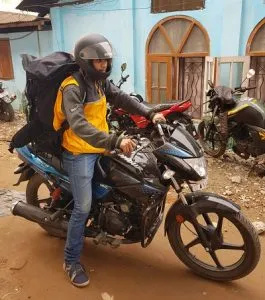
From the partner’s office, their delivery boy picks up the parcels and takes them to the customer. Amazon ensures that delivery boys use only apps for all updates and transactions, not paper documentation.
Advanced technology helps at every step of fulfilment. Even when a seller lists an item, it is scanned as soon as it reaches Amazon’s FC. It will then mention not just the address, but even the shelf number of the SC where the item should be kept. Only then is this item shown on Amazon’s website for purchase.
Once an order is placed, it is taken to the packing station at the FC. After packing, there will be another round of sorting – depending on the major cities that particular FC caters to, and the speed of delivery the consumer has demanded (fast track or normal).
On my way back from Majuli, on the ferry to Jorhat, I could not help but wonder what this region would look like in the next 20 years. Will it catch up with the country’s metro cities?
Or will it manage to retain its tranquility and charm while letting technology come to them with pleasant surprises occasionally?
(Disclaimer - The author travelled to Majuli on a trip hosted by Amazon)
